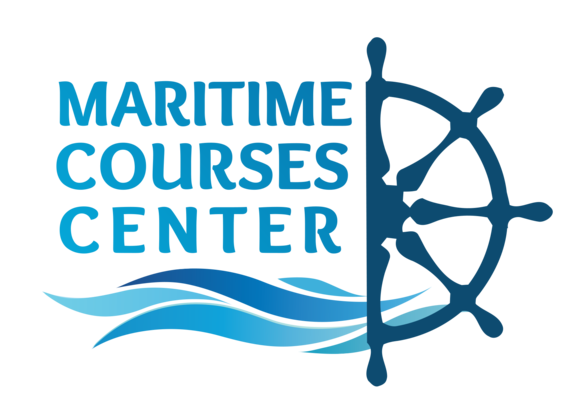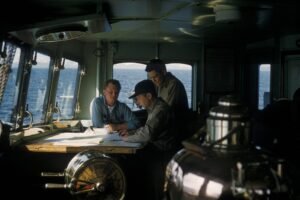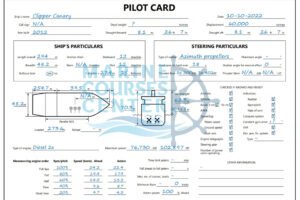Main Types of Ships | Factors behind Development of New Ships | Defining Seamanship | Reasons to Study Seamanship

Main Types of Ships
the students should be able to understand the reasons why to study seamanship and the reasons that led human being for developing the ships. Cadets will also be able to understand the different ways for classifying ships and recognize the main features of each of the types and the use of each type.
1- Factors behind Development of New Ships
1.0 Introduction
Though our planet is called “Earth”, but the fact is that the areas of water are more than double of the areas of land; as the ratio goes as follows:
•The land covers about 29% of our planet.
•The Water covers about 71% of our planet.
The primitive human noticed that the water covers an area that is much vaster than the area covered by land… and they started thinking about using such vast area.
The most important need for the primitive humans was food … and they noticed that these water areas can provide food.
It is also assumed that transportation was an important motive for building the first ships, as transportation can grant gathering, harvesting or trading more food from distance places.
1.1 Defining Seamanship
Seamanship is the art or skill in the art of handling, working, and navigating a ship; especially: the principles and practices of ship operation and maintenance within the province of the deck department.
1.2 Reasons to Study Seamanship
Seamanship is the basic skill for seafarers, from which all other subjects had branched.
Studying this skill of dealing with sea and ships will enable the seafarers to live unharmed onboard ships; to perform the required jobs of the ships safely and skillfully.
1.3 Role of Ships
The role of ships now cannot be ignored as ships are:
1)Relatively fast;
2)Can reach distant places;
3)Efficient with least possible maintenance;
4)Ships’ running coasts are cheap; and
5)Ships can also be used for military purposes.
1.4 Power Moving Ships
The power used for steaming ships was the most important thing that gathered interest, as the ships in the beginning were using man’s power (rowing), after that it evolved into using the power of the wind (sail) then a combination between rowing and sail. These ships with combined systems for moving had bigger size, such bigger ships had several problems such as stability, navigation and seamanship skills. That needed special type of education and training, and that started a new era for educated seafarers working as officers.
On 1781 James Watt produced a powerful engine. That engine was depending on power generated by reciprocating steam engine. The steam was generated as water was boiled using the energy emitted from burning coal. Such fire had safety problem concerning burning the ship herself, stability problem concerning weigh of coal immediately after leaving the port and prior to arrival to next port, also economical problem concerning price of coal and its weight and volume that could be cargo carried for freight on the last few years of 18th century the steam turbine was invented. On the few years of the 19th century, Rudolf Diesel; invented an engine that could partly solve the problems caused by steam engines, the diesel engine which relays on the theory of “internal combustion” between air and Diesel fuel could minimize the fire hazard in addition to that; the liquid fuel could be stored easily in double bottom tanks then could be pumped out to engine; using simple pump.
1.5 Steel Ships
To solve the problem of fire hazard; ships started to use steel plates instead of wood. The steel is stronger though heavier and it needed rivets to connect plates together; these rivets are heavy, Rivets need a lot of maintenance, and they are not so good they may cause hull failure. Thus welding was used to get a better way to connect plates.
Leave A Reply
You must be logged in to post a comment.





1 Comment